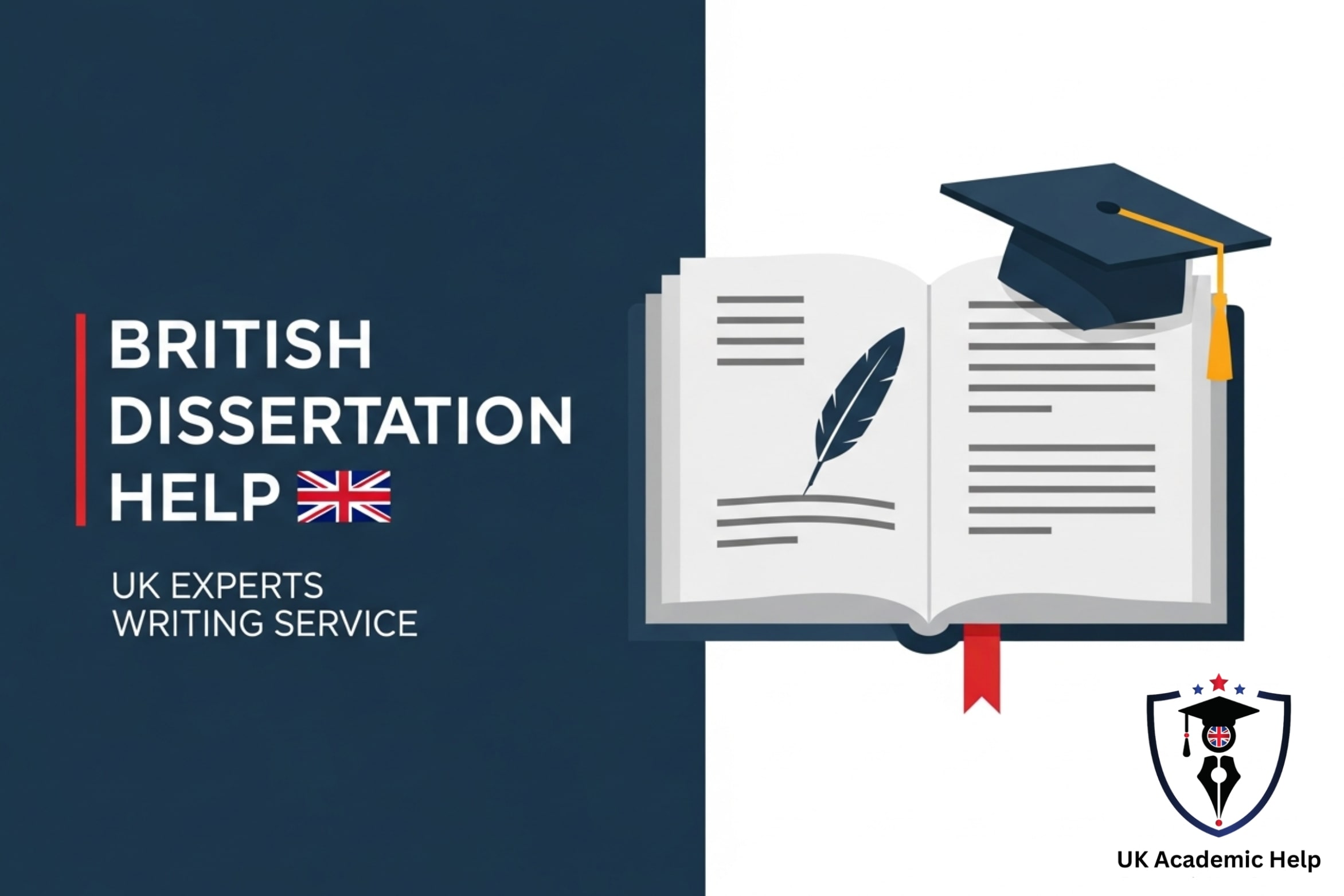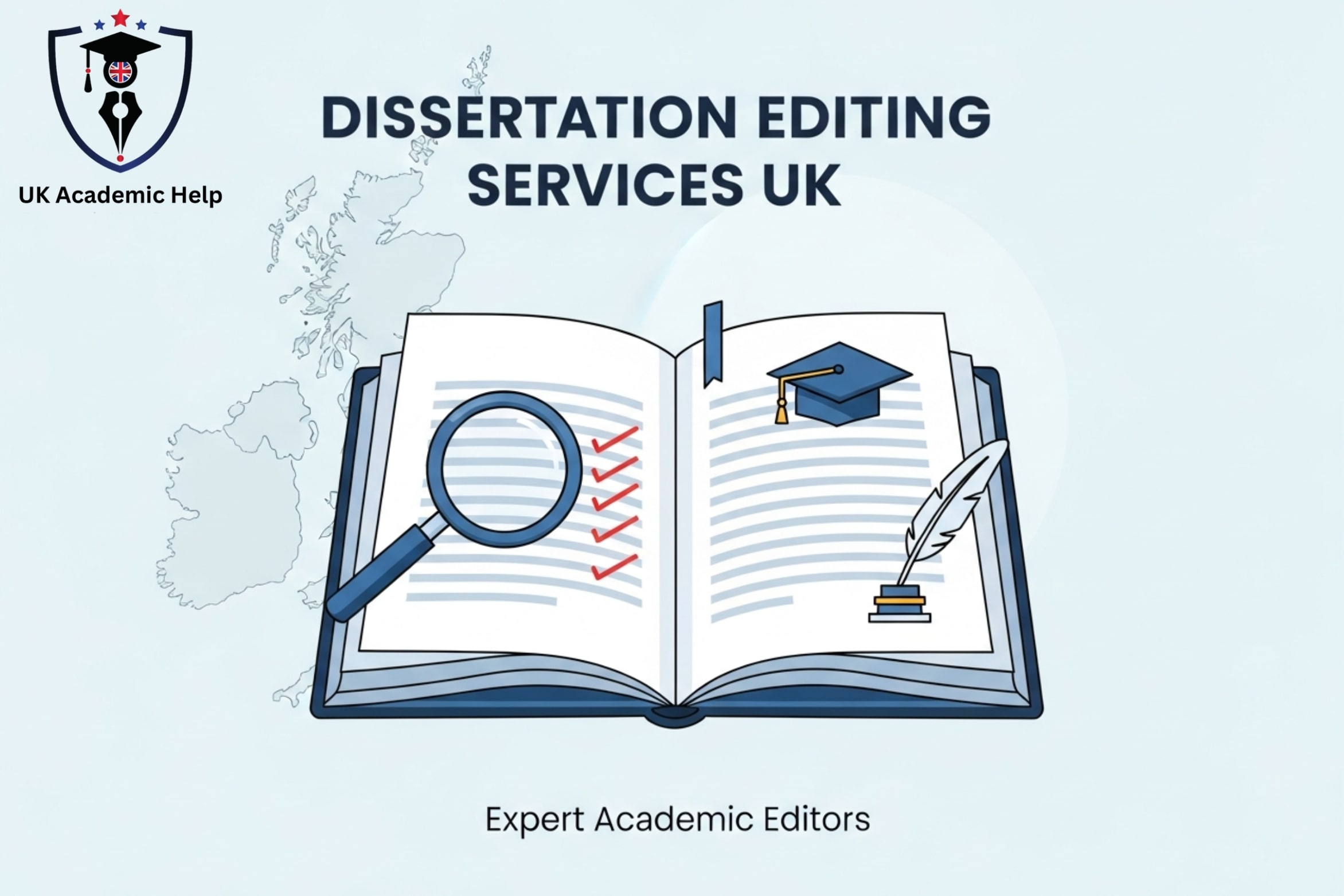Table of Contents
The real struggle starts here.
From writing a dissertation proposal to getting it approved and now planning to structure your dissertation, you have come a long way.
Now, you are at the stage to structure your dissertation properly. Indeed it is not an easy task to do, what we are here to make things easy for you.
After getting your proposal approved there are two paths you can choose. Either you can hire a professional like UK Academic Help to make it a piece of cake, or you can choose the hard way to write it by yourself.
If you have chosen to do this challenging task by yourself, then this article is going to help you smooth your journey.
Before you start to actually write it you need to draft the basic structure to make sure you don’t get lost during the process and don’t end up messing it. But if you do mess up you can always go for help and hire an expert to save your day.
We will be discussing the traditional structure generally used in most of the universities in the UK, US, and Australia etc. However, there can be a few variations depending upon the universities’ requirements.
You shall always check your university’s requirements before starting. If there are no specific requirements then you can use our format as it is. Otherwise, you can make a few changes in this structure according to the set standards of your institution and you are good to go. In both situations you will get benefit from this article.
Let’s dive into it and see what steps are required to create a high quality dissertation. We will start with a bigger picture by listing all the components, and then zoom into each component to see the content.
Components Of A Dissertation
Before going in-depth, let’s enlist all the components.
- Title Page
- Acknowledgement
- Table of Contents
- Abstract
- Review of Literature
- Introduction
- Methodology
- Results and Discussion
- Conclusion
- Summary
- References
Now that you are aware of all the basic components of a dissertation let’s jump straight to the core content.
Title Page
It is the first and most significant page of a dissertation. Although it is the simplest part yet it holds significant value and the whole dissertation depends on it.
Here you need to clearly mention the title of your research. Make sure to write it accurately and clearly.
Acknowledgement
The very next page after the title page is acknowledgement. Here you get the opportunity to be grateful to people who have helped you in your journey. It is an optional part and the number of words doesn’t count, but it makes your dissertation more presentable.
Whom to thank in this part?
Well, there are no fixed requirements in it you can mention whoever has helped you. However, some common people to mention are;
- Your supervisor
- Your professor (if any)
- Any mentors
- Advisors (if any)
- Your parents
- Spouse
- Friends
Just state who you are thankful to and why. There is no need to write long paragraphs with unnecessary reasoning. This should not exceed more than a page in length.
Table of Contents
This component is to the point and doesn’t include random things. Present your contents in two lists. One shall include the basic components and the other shall include the figures and tables (if any).
Remember that you just have to enlist the contents and don’t go for details in it.
Abstract
The abstract provides your reader an overview of your complete dissertation. It should be a complete package in itself. That means it shall present the key findings and all the insights in it. The reader should understand the purpose and outcomes of research by just reading the abstract.
Your abstract should at least cover the following points;
- The research questions and aims
- The basic methodology (not too much detail)
- The key findings
- The conclusion
All this information shall be brief and no unnecessary data shall be included in it.
It is advised to write the abstract after completing all the components of your research. It will save you time and you would not have to write your abstract again and again.
Introduction
Although it is not the first in sequence, it shall be the first part you write in your dissertation. This chapter of your research presents the main questions and aims.
In this chapter you shall basically introduce your research. Although, you have given an overview in the abstract, yet you need to write this part from the very beginning as if it is the first thing the reader will read.
Moreover, your introduction shall address the following questions;
- What will you be investigating?
- Why is there the need to investigate that?
- How is it important for the field?
- How is it original and never investigated before?
- What are your research aims and questions?
- What is the scope of your study?
- What methodology will you adopt?
These are the basic questions that you shall include. You may have additional requirements by your university or supervisor so you have to add them too.
Introduction will give a direction to your research. Remember that you shall address all the basic questions clearly and should not leave the reader wondering about things.
If you want to save yourself from the struggle then you can get dissertation writing service from an authentic website and get quality work.
Review of Literature
In general, this chapter demonstrates what the current study says about the problem?
After writing your introduction you shall start with your literature and analyse the existing research. You can search for the relevant data in academic journals and high quality publications.
While writing this section, you need to keep a few questions in mind that are mentioned below;
- What does the literature say about your research question?
- Is the literature well established or lacking?
- Is it in disagreement?
- How does your research add value to the pre existing literature?
- How does the methodology used in previous research help you devise your own methodology?
As mentioned before, your institute may have some specifications so always get every chapter reviewed by your supervisor.
Methodology
When you reach this chapter, you will already have the knowledge of the previously used methodologies. So, it’s time to design your own methodology suitable for your research. Be vigilant and choose the most appropriate methods keeping in mind the timeframe and the budget.
You shall address two key questions in this chapter that are;
- How will you carry out your research?
- Why have you chosen this method?
Remember that this is a great opportunity for you to demonstrate your research skills. So, use it wisely and it should be well executed.
This chapter requires detailed data. Mention all the details and steps accurately and make sure to justify your statements.
Moreover, you may have to make changes in this chapter after you do analysis of the data. So be open to changes and do not hesitate to make required changes.
Results and Discussion
You reach the results and discussion chapter after conducting your research through your designed method. In this chapter, you will present the raw data that you have collected for analysis purposes.
The first part of this chapter is rather descriptive than analytical. However the second part includes the interpretation and analysis of the data.
This chapter depends on the methodology you chose. So this part depends upon the research design. You will discuss the results in relation to your aims and research question.
Some questions that this chapter will address are;
- What do the results tell about research questions?
- Are the results aligned with the existing work or are they different?
- If they are different then what could be the reason?
Note that some institutes may want you to make separate chapters for results and discussions so in that case you have to write them separately.
Conclusion
The final chapter is the conclusion of your research. In this chapter you will answer your research questions.
Be clear while stating your conclusion. Although you have discussed it in the previous chapter, it is important to clearly state it in this chapter because the things mentioned in this chapter will be explicit.
After answering the research questions, you have to discuss the implications of your research findings. You will be discussing its importance and what can be done next.
Also mention the limitations of your research. Remember that no research is perfect and there are always chances to improve. You can mention that perhaps your methodology was limited or your sample size was small etc. There is no shame in critiquing your work. The reader will see whether you can identify your limitations or not. Remember that this is a strength not a weakness.
This is officially the end of your tough tasks and the rest is a piece of cake.
References
You do not have to do much in this section. It should just include the list of all the references cited in the required format.
Some of the formats generally used are APA, Harvard, etc. You can either add the references manually or use tools or software to arrange the references.
Conclusion
Overall your dissertation should revolve around the research questions and how to solve them. The structure is same in most of the universities but some universities may have slightly different structure so make sure to read all the requirements set by your university before starting to write.
To save yourself from all the hassle you can hire experts from UK Academic Help who can write a perfectly structured dissertation for you. Don’t waste anymore time and get your dissertation customised now!








Leave A Comment